Description
Therapeutic indications:
Symptomatic treatment of seasonal allergic conjunctivitis.
Posology and method of administration:
Adults, elderly and children (age 3 and older): one drop of Rednott into the conjunctival sac twice a day.
The contents and dispenser remain sterile until the original closure is broken.
To avoid contamination do not touch any surface with the dropper tip.
The safety and efficacy of ketotifen in children aged from birth to 3 years have not yet been established.
Contraindications:
Hypersensitivity to the active substance or to any of the excipients.
Special warnings and precautions for use:
The formulation of Rednott eye drops contains benzalkonium chloride as a preservative, which may be deposited in soft contact lenses; therefore Rednott eye drops should not be instilled while the patient is wearing these lenses. The lenses should be removed before application of the drops and not reinserted earlier than 15 minutes after use.
All eye drops preserved with benzalkonium chloride may possibly discolour soft contact lenses. Benzalkonium chloride may cause eye irritation.
Interaction with other medicinal products and other forms of interaction:
If Rednott is used concomitantly with other eye medications there must be an interval of at least 5 minutes between the two medications.
The use of oral dosage forms of ketotifen may potentiate the effect of CNS depressants, antihistamines and alcohol. Although this has not been observed with ketotifen eye drops, the possibility of such effects cannot be excluded.
Pregnancy, lactation and fertility:
Pregnancy
There are no adequate data from the use of ketotifen eye drops in pregnant women. Animal studies using maternally toxic oral doses showed increased pre- and postnatal mortality, but no teratogenicity. Systemic levels after ocular administration are much lower than after oral use. Caution should be exercised when prescribing to pregnant women.
Breast-feeding
Although animal data following oral administration show excretion into breast milk, topical administration to human is unlikely to produce detectable quantities in breast milk. Rednott eye drops can be used during lactation.
Fertility
There are no data available on the effect of ketotifen fumarate on fertility in humans.
Effects on ability to drive and use machines:
Any patient who experiences blurred vision or somnolence should not drive or operate machines.
Undesirable effects:
Adverse reactions are ranked under heading of frequency, using the following convention: Very common (≥1/10); common (≥1/100 to <1/10); uncommon (≥1/1,000 to <1/100); rare (≥1/10,000 to <1/1,000); very rare (<1/10,000), not known (cannot be estimated from the available data).
Immune system disorders
Uncommon: Hypersensitivity
Nervous system disorders
Uncommon: Headache
Eye disorders
Common: Eye irritation, eye pain, punctate keratitis, punctate corneal epithelial erosion.
Uncommon: Vision blurred (during instillation), dry eye, eyelid disorder, conjunctivitis, photophobia, conjunctival haemorrhage.
Gastrointestinal disorders
Uncommon: Dry mouth
Skin and subcutaneous tissue disorders
Uncommon: Rash, eczema, urticarial
General disorders and administration site conditions
Uncommon: Somnolence
Adverse drug reactions from post-marketing experience (Frequency not known):
The following post marketing events have also been observed: hypersensitivity reactions including local allergic reaction (mostly contact dermatitis, eye swelling, eyelid pruritis and oedema), systemic allergic reactions including facial swelling/oedema (in some cases associated with contact dermatitis) and exacerbation of pre-existing allergic conditions such as asthma and eczema.
Overdose:
No case of overdose has been reported.
Oral ingestion of the contents of a 5ml bottle would be equivalent to 1.25mg of ketotifen which is 60% of a recommended oral daily dose for a 3 year old child. Clinical results have shown no serious signs or symptoms after oral ingestion of up to 20mg of ketotifen.
Pharmacological properties:
Pharmacodynamic properties
Pharmacotherapeutic group: Ophthalmologicals, other antiallergics
Ketotifen is a histamine H1-receptor antagonist. In vivo animal studies and in vitro studies suggest the additional activities of mast cell stabilisation and inhibition of infiltration, activation and degranulation of eosinophils.
Pharmacokinetic properties
In a pharmacokinetic study conducted in 18 healthy volunteers with ketotifen eye drops, plasma levels of ketotifen after repeated ocular administration for 14 days were in most cases below the limit of quantitation (20pg/ml).
After oral administration, ketotifen is eliminated biphasically with an initial half-life of 3 to 5 hours and a terminal half-life of 21 hours. About 1% of the substance is excreted unchanged in the urine within 48 hours and 60 to 70% as metabolites. The main metabolite is the practically inactive ketotifen-Nglucuronide.
Storage:
Store at a temperature not exceeding 30°C, in a dry place and at room temperature after opening for 30 days, keep out of reach of children.
PACKAGE:
A carton box containing white (HDPE) bottle and (HDPE) white plastic cap containing 5 ml solution with (LDPE) transparent nozzle + insert leaflet.
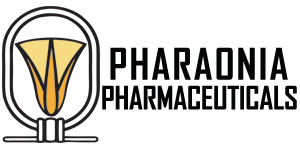

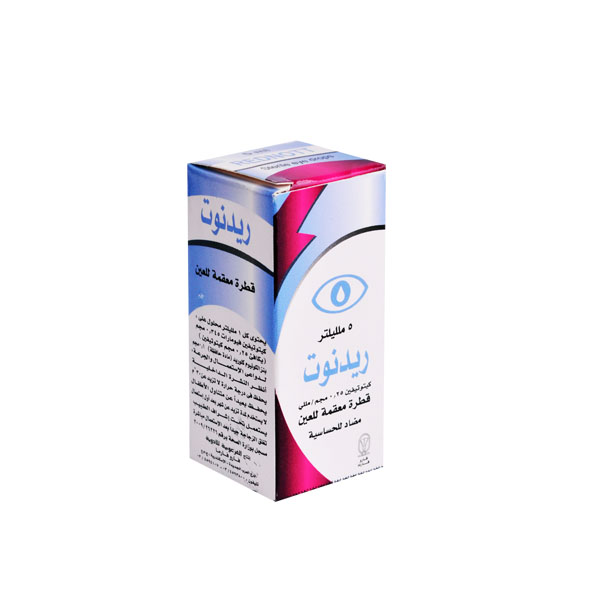
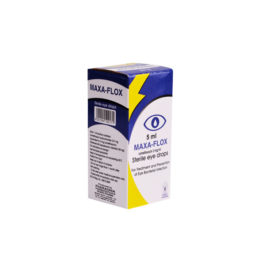
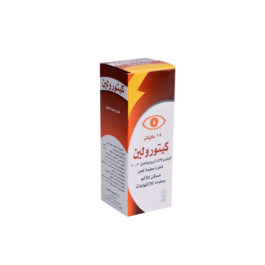
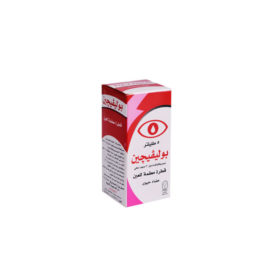
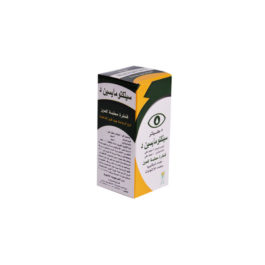
Reviews
There are no reviews yet.